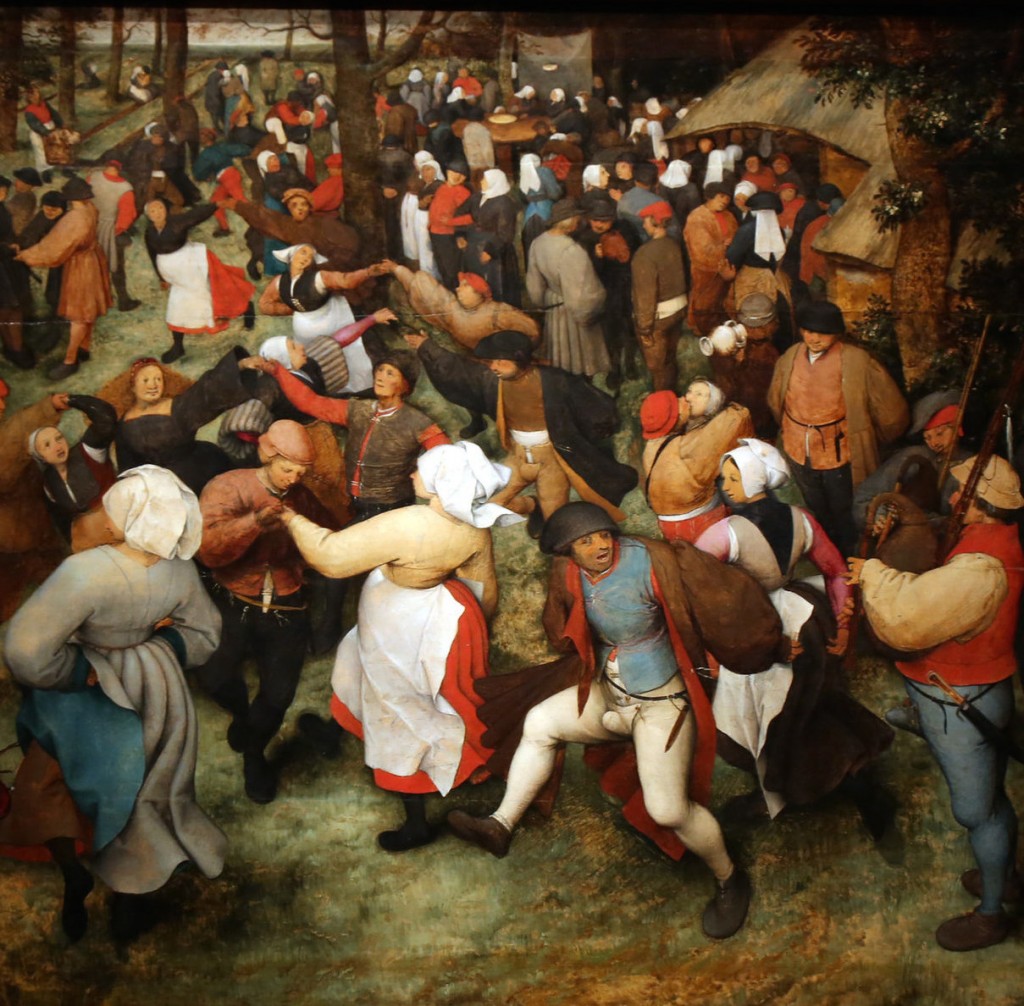Everything must go. Maybe.
In a recent story in the New York Times about Detroit’s dilemma, whether to sell its art collection to pay its debts in bankruptcy, Robert Frank suggests that the art market ought to be seeking out lesser-known work by emerging artists rather than bidding up the value of “masterpieces” in turf battles for trophies. Yet what the article emphasized for me was how dismal it is, indeed, to reduce a work of art to its economic role in the world, as if its price is an accurate way to express its value in the lives of those who make or encounter it. “Yes, communities benefit from famous paintings, but they also benefit from safer roads and better schools.” Oh well. On a completely different note, apparently, if Detroit decided to hold its garage sale, I might actually be able to own Bruegel’s Wedding Dance for $200 million? That would be the highest price ever paid for a painting, but somehow it sounds like a bargain in a world where you add a trillion here and a trillion there and pretty soon you’re talking about real money. From the article, whose opening summarizes the plight of talented artists working in the “long tail” of the market everywhere:
Yet the point remains that prices affect the options we face. Relative to famous art, lesser-known works have become much cheaper in recent years, despite no evidence of any decline in their quality. In a rational world, this change would encourage curators to invest more heavily in emerging artists.
Many of these artists produce works that are deeply affecting, yet surprisingly affordable. Talented curators could assemble collections of their art that would delight visitors and draw fulsome praise from critics. And as those works became better known, their value would climb rapidly.
Ownership by public or nonprofit institutions is also not a prerequisite for public exhibition of prized art. The superrich pay so much for these works largely because they are already so famous. Yet being chosen for prominent display in public spaces was how many of these works became famous in the first place. If fewer museums owned them, the rich would have good reason to lend them more often for public display, as indeed many already do, thus preserving and enhancing their value. If sold, many of the institute’s famous works would return as loaners, along with such works from other collections.
If billionaires choose to bid up the prices of trophy art, that’s their privilege. And because most of them will die with large fortunes unspent, they can buy what they want without having to buy less of other things they value. But because money for worthy public purposes is chronically in short supply, city officials and true philanthropists must grapple with agonizing trade-offs.
Yes, communities benefit from famous paintings, but they also benefit from safer roads and better schools.

Comments are currently closed.